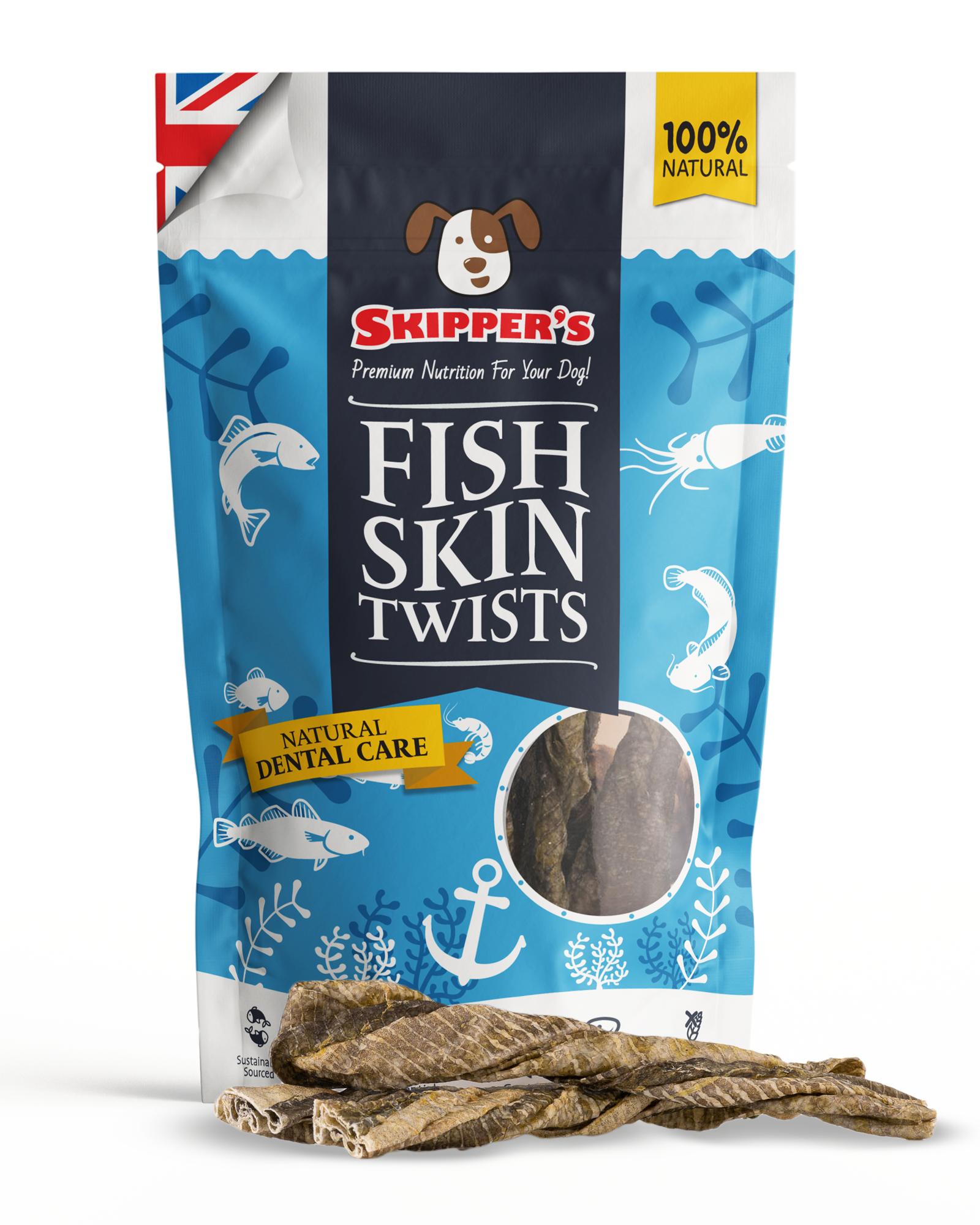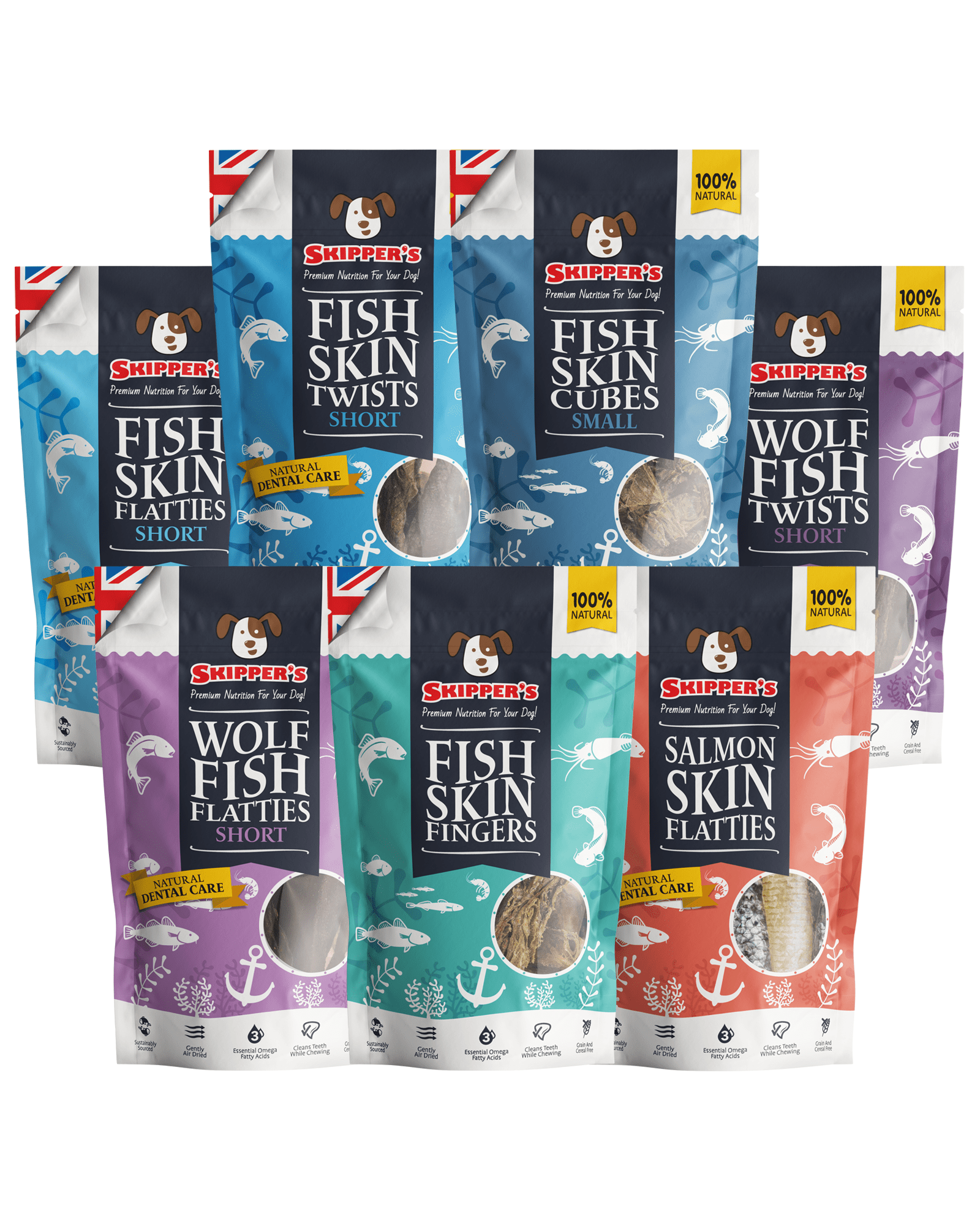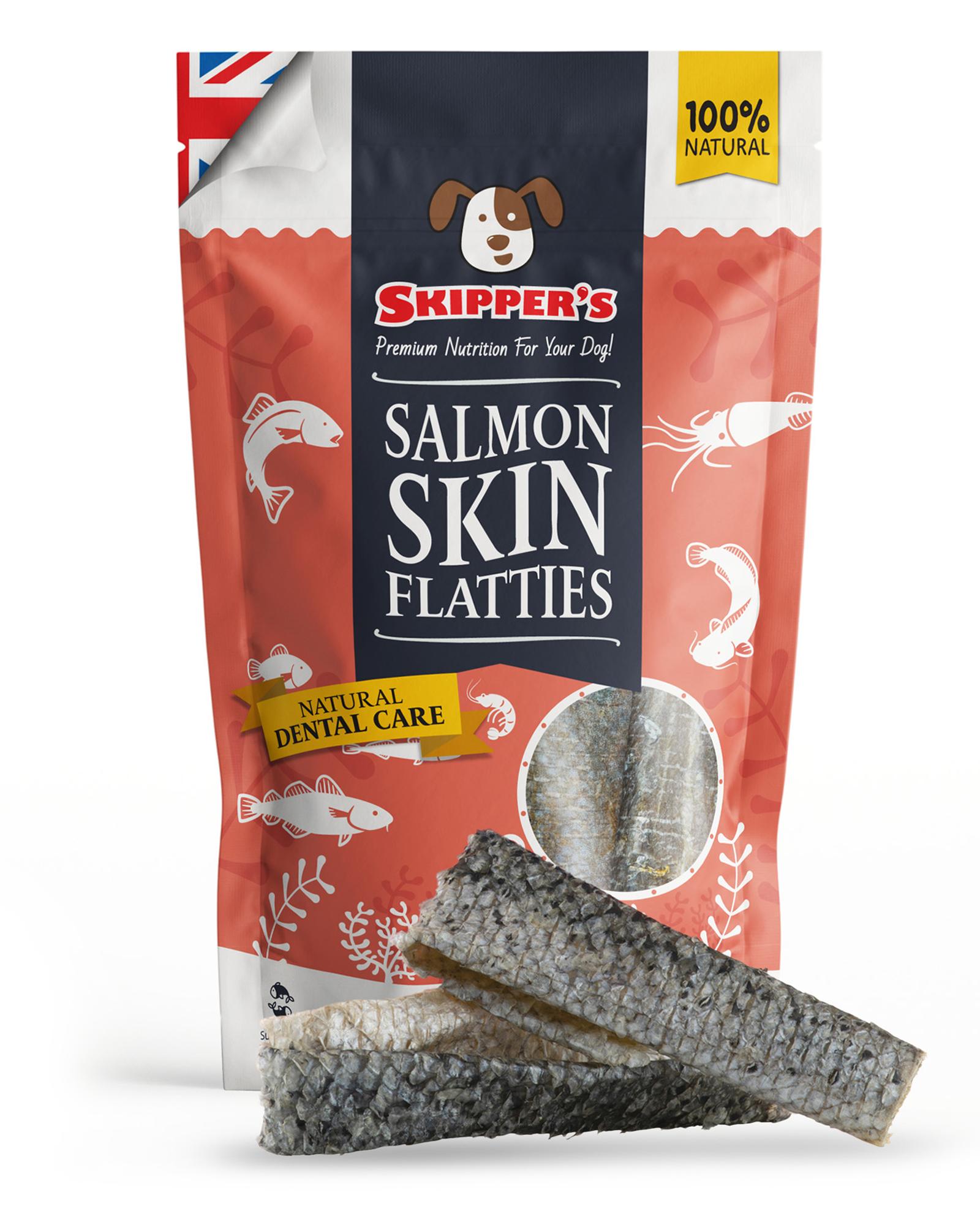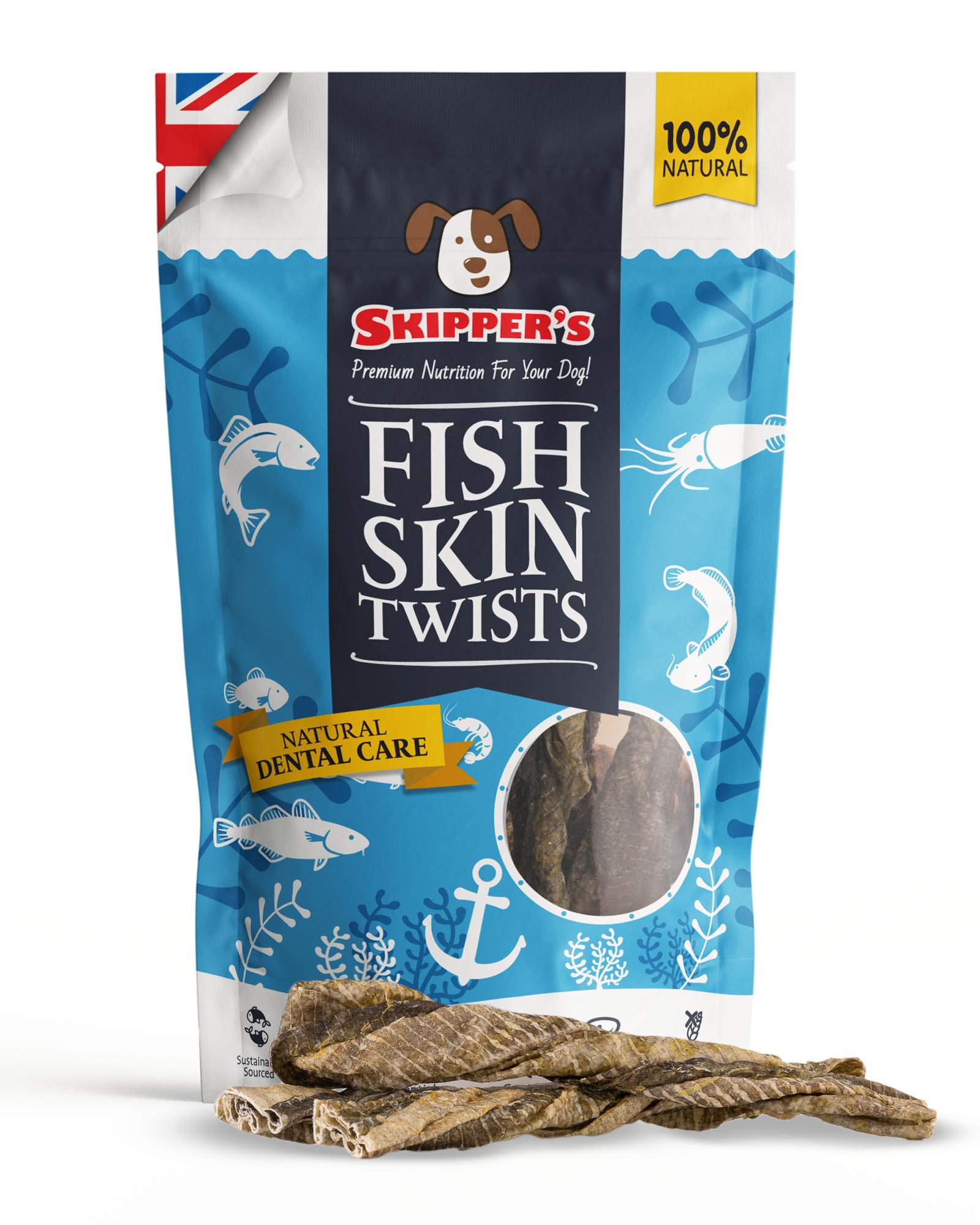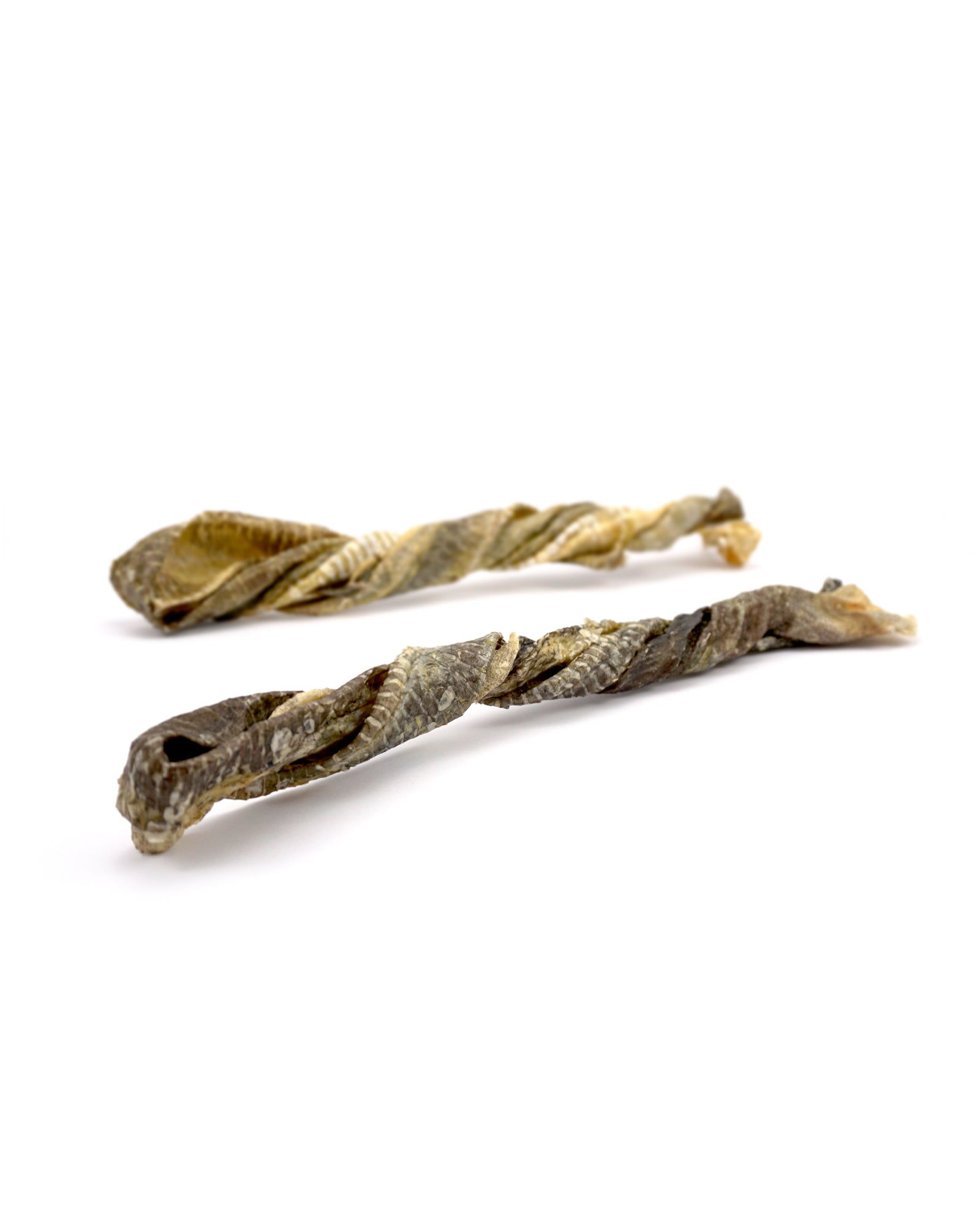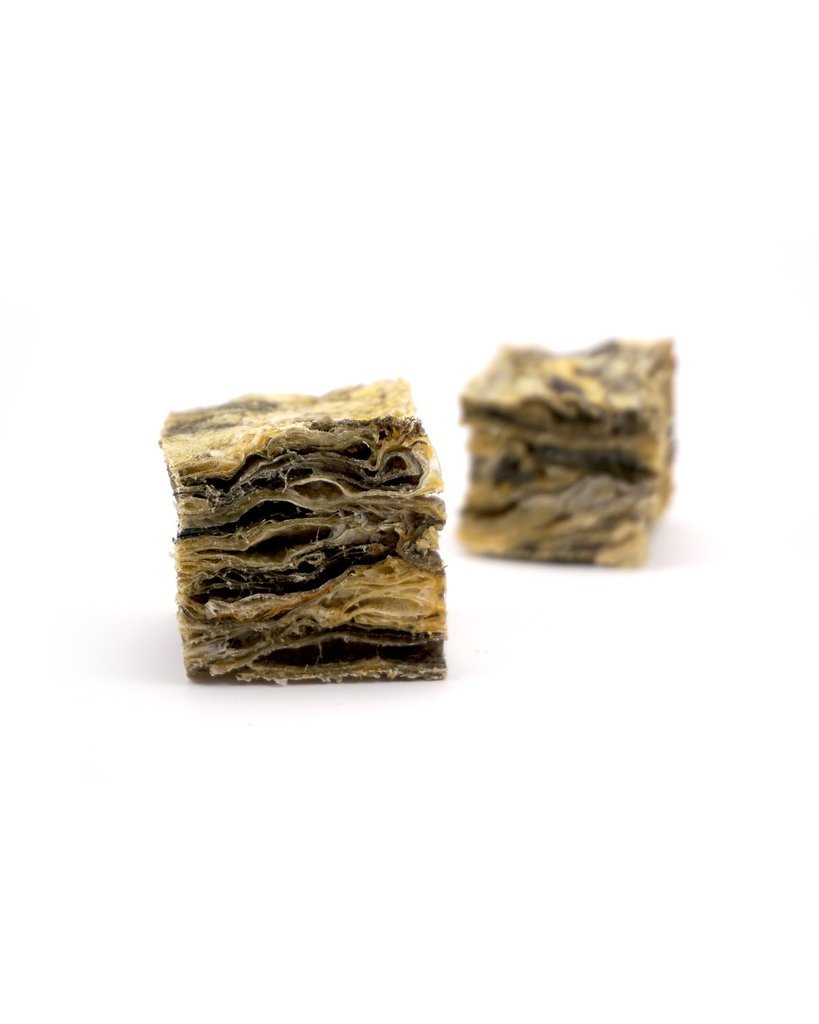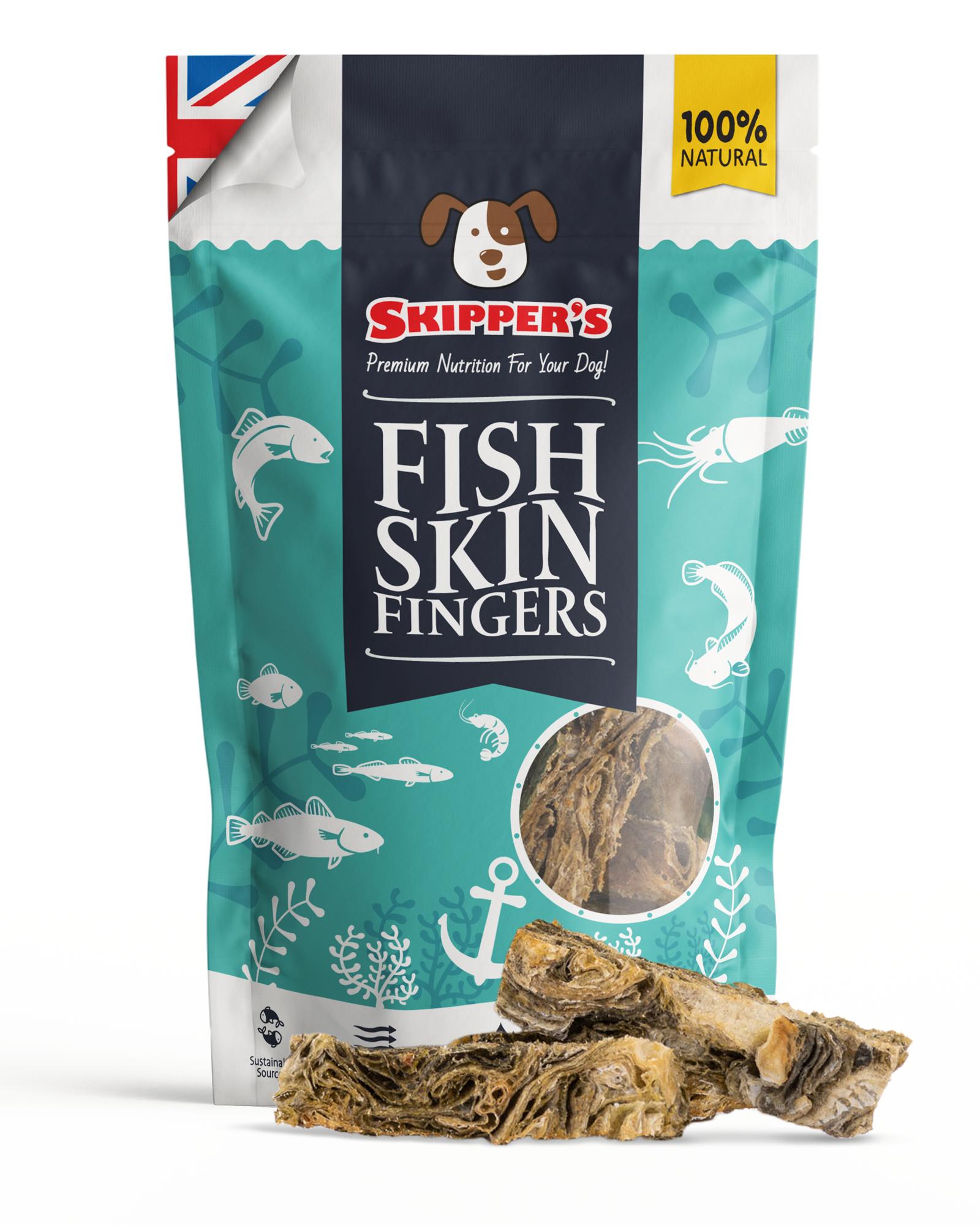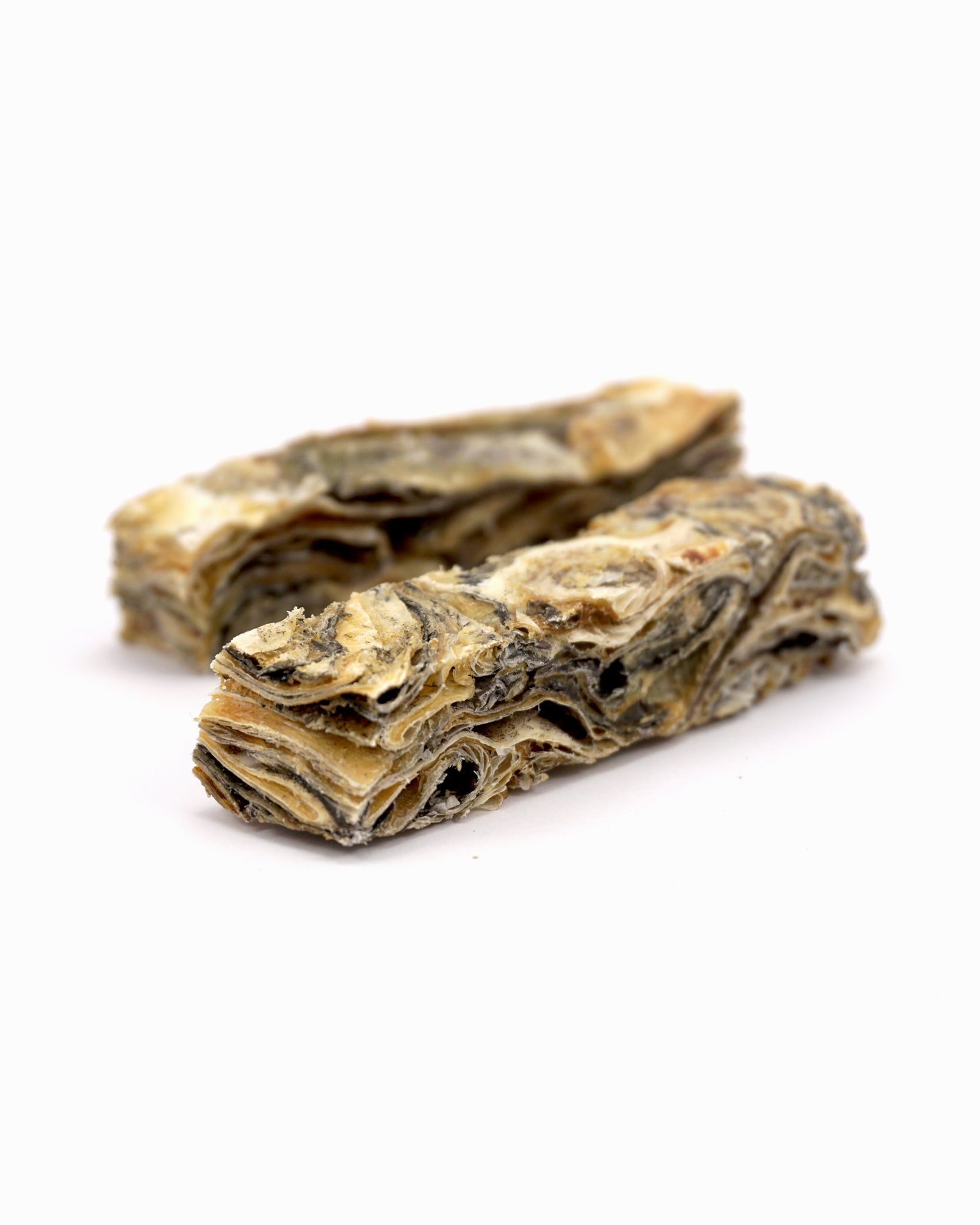Puppy Teething | What to Do to Ease Puppy Teething Pain

Watching your puppy grow and develop is a joyous journey, but it also comes with its fair share of challenges, and one of those is puppy teething. Just like human babies, puppies go through a teething phase that can be uncomfortable and even painful for them. It's a natural part of their development, and it's our duty to help ease their discomfort and guide them through this phase. Knowing the signs that your pup is teething and what to do when your puppy is at this stage helps you to make your puppy's teething phase as smooth as possible.
What is puppy teething, and when do their teeth fall out?
Puppy teething is a natural process that marks a crucial phase in your puppy's development. During this time, their 28 baby teeth, also known as deciduous teeth, gradually make way for a set of 42 permanent adult teeth. Here's a more detailed breakdown of the teething timeline:
Baby teeth emergence (3 weeks old)
Your puppy's baby teeth usually begin to emerge when they're around 3 weeks old. These tiny teeth are temporary and serve as placeholders for their future adult teeth.
Adult teeth eruption (3 to 4 months old)
The teething phase officially commences when your puppy reaches 3 to 4 months of age. This is when their adult teeth start to push through the gums, gradually replacing the baby teeth. Do not worry if you do or do not find baby teeth that have fallen out. The majority of the time, your puppy will swallow the baby tooth.
Completion of teething (6 to 7 months old)
The teething process typically wraps up by the time your puppy is around 6 to 7 months old. At this point, all of their adult teeth should have emerged, and the discomfort associated with teething should subside.
Symptoms of puppy teething
Puppy teething comes with unmistakable symptoms that can help you identify when your furry friend is going through this process. Here are some common signs to watch for:

Excessive nipping
One of the most noticeable signs of teething is increased nipping and chewing. Your puppy might suddenly become more interested in gnawing on anything within reach, be it your fingers or household items. This behaviour helps them relieve the discomfort in their gums. Whilst it's a natural response, it's important to stop your puppy from biting the wrong things and redirect their chewing to something more appropriate, such as toys and dog treats. This helps ease their teething pain and establishes better chewing habits.
Drooling
Excessive drooling is another common symptom during the teething phase. The increased saliva production is a natural response to the discomfort in your puppy's gums. Whilst this extra drooling can sometimes lead to messy moments, it's nothing to worry about. Just keep some clean towels handy and ensure your puppy is drinking enough water to stay hydrated. If you have concerns about the amount of drool or other unusual behaviours, don't hesitate to reach out to your veterinarian for guidance and reassurance.
Crying
Teething can be a painful experience for your puppy, and they may express their discomfort through excessive whining or whimpering, particularly when attempting to chew on objects to alleviate the soreness in their gums. It's essential to remain patient and empathetic during these moments, as your reassuring presence can provide comfort to your furry friend. Offering them suitable teething toys, ensuring a calm environment, and keeping a watchful eye on their behaviour will help them navigate this phase more smoothly and minimise their distress.
Slower eating
Due to the discomfort in their gums, your puppy might eat slower or have a decreased interest in food. This is entirely normal during the teething phase. To ease their mealtimes, consider providing softer, more palatable options. Mixing their regular puppy complete food with warm water to create a mushy consistency or offering specially formulated puppy food can make mealtime less painful. Remember to keep mealtimes stress-free, offering plenty of encouragement and patience as your puppy navigates this phase of development. If you have concerns about their appetite or overall health, don't hesitate to seek advice from your veterinarian.
Solutions for puppy teething
Helping your puppy navigate the teething phase is essential to ensure their comfort and prevent your puppy from chewing on your belongings. Here are some effective solutions to make the teething process smoother for both you and your furry companion:

Soft chew toys
Providing your puppy with appropriate chew toys is crucial for teething relief. According to a study by some researchers, 83% of dog owners provided their dogs with a chew toy. When searching for an appropriate toy for your puppy, look for soft, rubbery toys designed for teething puppies. These toys are gentle on their sore gums and can also help remove loose baby teeth. Make sure the toys are free from small parts that can be swallowed, and always supervise your puppy during playtime to ensure their safety.
Obedience training
Whilst puppy teething can be challenging, it's also a suitable time to reinforce obedience training. Use this phase to teach your puppy good behaviour and appropriate chewing habits. Whenever you catch your puppy chewing on the right toys or treats, praise and reward them. Contrarily, gently redirect their attention to an acceptable toy or treat if they start nibbling on something off-limits.


Puppy-proof your home
Puppy-proofing your home is a proactive approach to prevent destructive chewing and to keep your pup safe. Ensure that valuable or dangerous items are out of your puppy's reach. Hide electrical cords, keep shoes in closets, and secure trash cans. This safeguards your possessions and protects your pup from ingesting harmful objects during their teething phase.
Dog treats and chews
There are various treats and chewy treats that you can give your dog to help give your puppy some relief. Using a kong or ice cube mould/tray, you can mix your dog's favourite rewarding treats with water or a tasty broth. Freeze these overnight and feed them to your dog. These home-made cold treats can help reduce the pain and swelling your puppy is experiencing. Additionally, your puppy can chew and enjoy various long-lasting, tasty treats that not only will help with your puppy's teething pain but are delicious! In fact, according to a study, 92% of dog owners provide their dogs with an edible chew to help with their dog's chewing habits.

Skipper's dog chews to help with puppy teething
As long as your puppy is 16 weeks or older, these delicious chews will keep your puppy gnawing while helping to alleviate any discomfort they're experiencing.
Frequently Asked Questions
Will my puppy ever stop chewing everything?
Puppies tend to chew more frequently when teething, but the good news is that this behaviour should diminish with proper training and as they grow older. Adult dogs generally reduce their chewing habits, but it's essential to establish good chewing habits with your dog early on. Offering appropriate chew toys and teaching your dog what's acceptable to chew on can help prevent them from chewing on everything in your home.
Should I brush my puppy's teeth when they are teething?
Brushing your dog's teeth is a healthy practice that should ideally start from a young age. However, during the teething phase, it's essential to be gentle and patient. You can introduce your puppy to a dog-specific toothbrush and toothpaste to familiarise them with the process. Brushing during teething can help maintain oral hygiene and reduce the risk of dental issues later in life. Consult with your vet for guidance on when and how to start brushing your puppy's teeth.
Which chew toys should I avoid when my puppy is teething?
When your puppy is teething, it's crucial to avoid certain types of chew toys that can be harmful or pose choking hazards. Steer clear of toys that are too hard, as they can damage your pup's teeth. Additionally, toys with small parts, strings, or pieces that can be easily chewed off and swallowed should be avoided. Always opt for soft, rubbery, or specially designed teething toys that are safe for your puppy to chew on. Read product labels and consult your vet for recommendations on suitable teething toys for your specific breed and puppy size.

